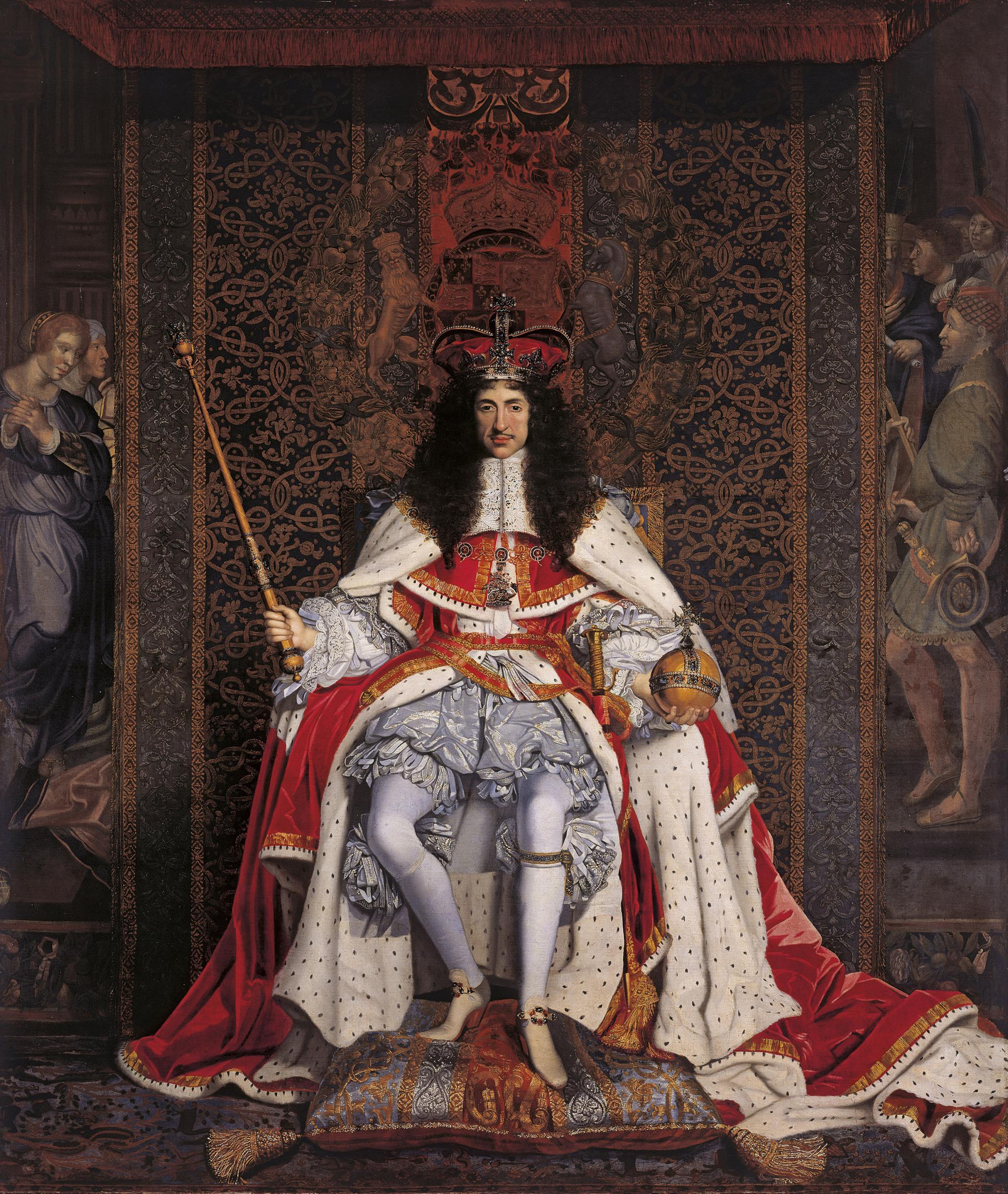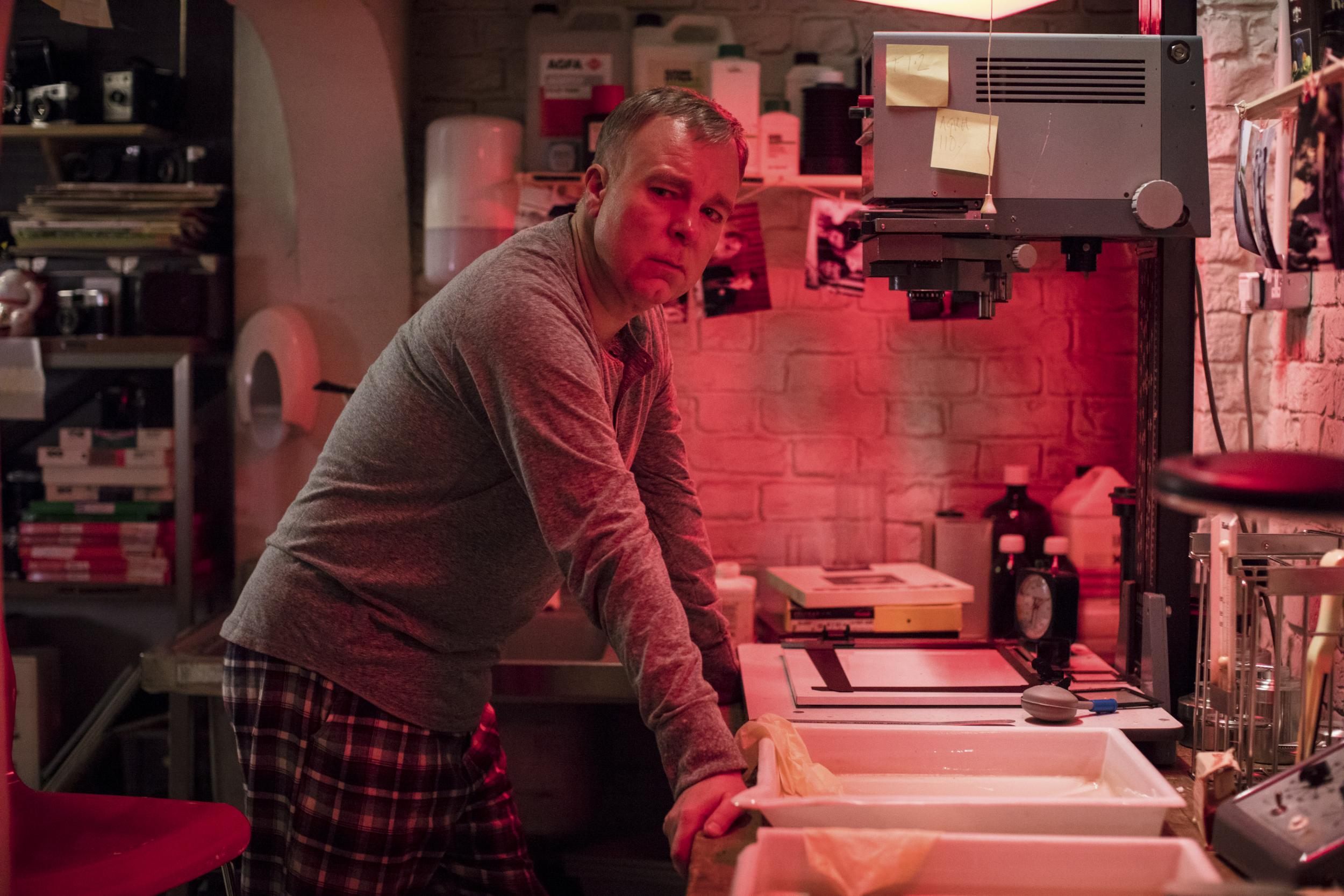TV Review: Art, Passion and Power: The Story of the Royal Collection (BBC4)
Sean O'Grady is intrigued by Andrew Graham-Dixon's account of a remarkable gathering of works

Your support helps us to tell the story
From reproductive rights to climate change to Big Tech, The Independent is on the ground when the story is developing. Whether it's investigating the financials of Elon Musk's pro-Trump PAC or producing our latest documentary, 'The A Word', which shines a light on the American women fighting for reproductive rights, we know how important it is to parse out the facts from the messaging.
At such a critical moment in US history, we need reporters on the ground. Your donation allows us to keep sending journalists to speak to both sides of the story.
The Independent is trusted by Americans across the entire political spectrum. And unlike many other quality news outlets, we choose not to lock Americans out of our reporting and analysis with paywalls. We believe quality journalism should be available to everyone, paid for by those who can afford it.
Your support makes all the difference.Art isn’t stats, but the cannonball numbers propelled towards the viewer by Andrew Graham-Dixon in the latest instalment in his survey of the Royal Collection were as impactful as any of the magnificent works we were allowed a glimpse of. The Collection, for example, contains the world’s largest gathering of Canalettos (50 or so); the world’s greatest collection of drawings by Leonardo da Vinci (say 600); and the heaviest mobile work of art in this country, if not the world, the Gold State Coach. This four-tonner was completed in 1762, and the Queen recently gave poor marks to it in her (belated) report of her 1953 road test. Ride quality, very poor indeed; craftsmanship of gilded tritons and golden mutts – peerless.
Even with a focus on judiciously chosen episodes and works it was, in reality, and even on the small screen, all too much to take in. That is hardly Graham-Dixon’s fault; it is the nature of the beast, that beast being the astonishingly varied and magnificent collection of art and furniture displayed across palaces and stately houses that are themselves works of fine architecture (mostly). It might well be the greatest such collection since the ancients.
I won’t labour the point, but I have to mention that it is, despite some public viewings and loans to collections, an essentially private affair, the property of one person, the Queen, by hereditary right. This, I think, radically devalues its worth to the nation. Ask yourself, for example, what was the last time you actually saw Vermeer’s 1662 masterpiece A Lady at the Virginal with a Gentleman. Or the silver furniture commissioned to rival Louis XIV’s Versailles? Or the Mogul-era paintings so fine they say the brushstrokes were rendered using the hairs of a kitten?
Art is meant to be seen, after all, to have value in any sense of the word – don’t you agree?
Not every monarch was an enlightened patron of the arts. George II, for instance, his words rendered with a hammy German accent by Graham-Dixon is reputed to have remarked that “I hate art and I hate poetry”, though one exception would seem to be the not-very-good painting of a “Fat Venus” that he had a bit of a Hanoverian crush on.
By contrast, Charles II, by instinct an absolutist, was determined to restore the Royal Collection as much as he was the throne itself, much of it having been sold off or melted down during England's brief experiment with Republicanism under Oliver Cromwell. Charles’s coronation portrait, complete with new crown, new sceptre and new orb shows him face on, staring down anyone who cared to gaze up at his countenance, his spindly legs “manspreading” across the canvas. Quite a divine sight of kings, you might say.

Charles II, by the way, also seems to have been a bit of a Harvey Weinstein of his time. The long gallery of portraits of the “Windsor Beauties” by Sir Peter Lely are a testament to his taste, libertine ways and (abuse of) power, their eyes suggesting a post-regal-coital state of contentment. Except for one, that is: Francis Stuart, Duchess of Richmond. At the age of 15 she was introduced to the court of Charles II and he became obsessed with her, which put her in a predicament. In the words of our narrator: “Imagine having to rebuff the advances of a lecherous king in a greased periwig.” She never, to her great credit, became the king’s mistress. An early hero of #MeToo, right there.
Given where the UK’s national finances seem to be heading right now this might be a good moment for Philip Hammond to get all this stuff valued, if only for insurance purposes, as they say on the Antiques Roadshow. It would make a substantial inroad into the national debt. As I say, given that most of us never get to see any of the Collection, you’d have to ask yourself if you’d miss them.
I’m not ashamed to admit that I was terrified by the end of the latest Inside No. 9 playlet. The story of a long-married couple trying to save what was left of their 20-year marriage was poignant and difficult enough to watch anyway. Harriet (Nicola Walker) trying, for example, role play as sexy “Nurse Honeypot and her magic fingers” on her bored and boring husband Adrian (Steve Pemberton), was an exquisitely embarrassing and funny scene, as is so much of Inside No. 9. Nothing, though, prepared the viewer for the rapid denouement. In the final few minutes, with magnificent economy of direction and dialogue, was revealed the darkest of dark secrets in professional wedding photographer Adrian’s basement dark room. For Adrian had been keeping, Josef Fritzl-style, their Polish cleaner (Agnes, Magdalena Kurek) and her son, we suppose fathered by Adrian, locked up and fed on Pot Noodles for the past nine years: but, after a failed suicide attempt, was then himself incarcerated in that same cell, to be fed on Pot Noodles and chained to a wall indefinitely. Worst of all, we felt as though he deserved it. To be drawn into such dark thoughts was a deeply disquieting experience. Never has comedy been so grotesque.
Join our commenting forum
Join thought-provoking conversations, follow other Independent readers and see their replies
Comments